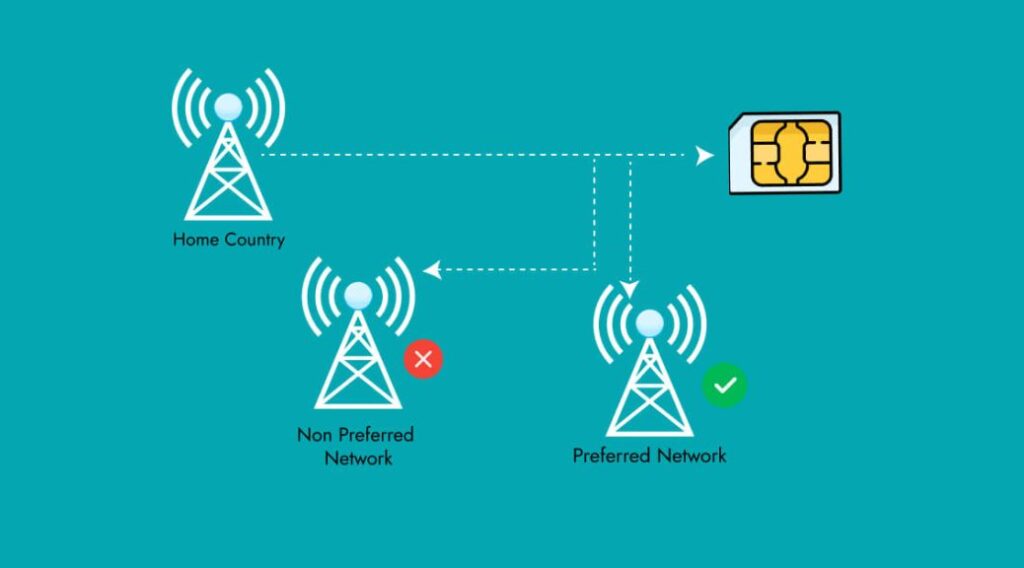In the intricate tapestry of modern telecommunications, a concept known as roaming steering operates quietly behind the scenes, guiding the journey of calls and data across networks. For telecommunication companies, roaming steering is a strategic tool, a way to optimize costs, improve customer experiences, and maintain competitive edge.
Imagine a traveler, jetting off to a foreign land. Their phone, a lifeline to the world, needs to connect to a local network to function. This is where roaming steering comes into play. Telecommunication companies use sophisticated algorithms to analyze factors such as network coverage, call volume, and data usage. Based on these factors, they “steer” the traveler’s calls and data towards the most suitable network, often one that belongs to a partner company.
The primary goal of roaming steering is to minimize costs. By directing calls and data to networks with favorable roaming agreements, telecommunication companies can reduce the fees they pay to foreign carriers. This ultimately translates into lower roaming charges for their customers. However, cost optimization is not the only benefit. Roaming steering also plays a crucial role in ensuring a seamless customer experience. By selecting networks with good coverage and capacity, telecommunication companies can minimize dropped calls, slow data speeds, and other inconveniences that can frustrate travelers.
Moreover, roaming steering can help telecommunication companies maintain a competitive edge. By offering competitive roaming rates and a high-quality experience, they can attract and retain customers in a highly competitive market. Additionally, effective roaming steering can strengthen partnerships between telecommunication companies, fostering collaboration and innovation.
However, implementing roaming steering is not without its challenges. Telecommunication companies must carefully balance the competing demands of cost optimization, customer experience, and network performance. They must also navigate complex regulatory environments and ensure that their roaming practices comply with international standards.
In recent years, the advent of 5G technology has introduced new considerations for roaming steering. As 5G networks become more widespread, telecommunication companies must ensure that their steering algorithms can effectively manage the increased data traffic and complex network architectures associated with this technology.
In conclusion, roaming steering is an essential tool for telecommunication companies. By optimizing costs, improving customer experiences, and maintaining a competitive edge, it enables these companies to provide seamless global connectivity to their customers. As the telecommunications landscape continues to evolve, the importance of roaming steering is likely to grow.



